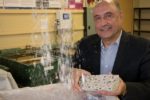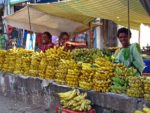Citizens of the Great Barrier Reef: going beyond our backyard to protect the reef

From place-based to problem-based campaigns, we are seeing a rise in initiatives aiming to foster collective environmental stewardship among concerned citizens across the globe. These international communities have arisen to meet new environmental challenges and seize the opportunities presented by our increasingly connected world. Traditional approaches to community engagement have tended to focus only on the involvement of local people. However, the recently launched Citizens of the Great Barrier Reef initiative highlights the changing nature of community engagement aimed at fostering environmental stewardship. In a globalised world, maintaining treasures like the Great Barrier Reef and other ecosystems affected by global-scale threats demands …











